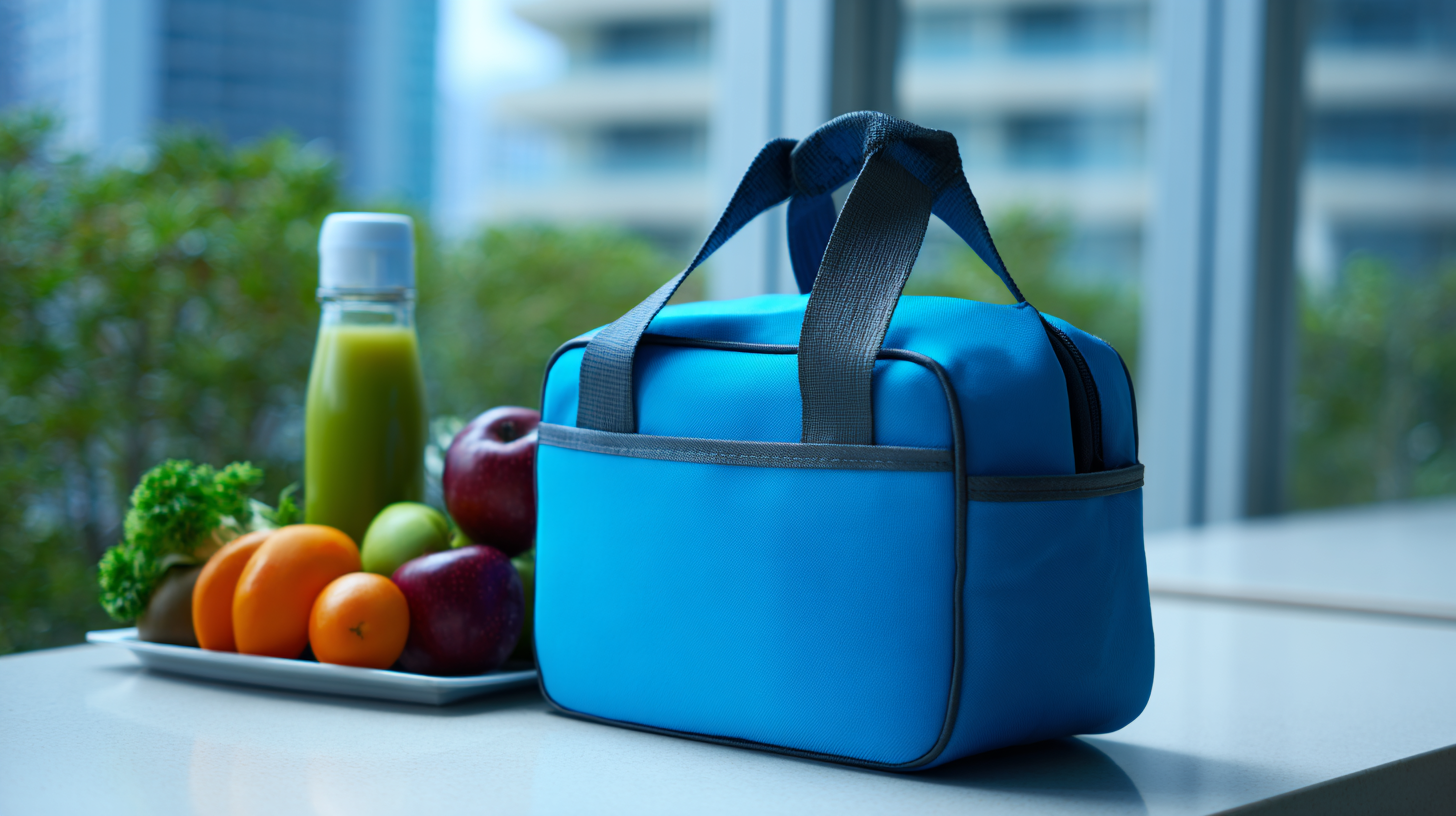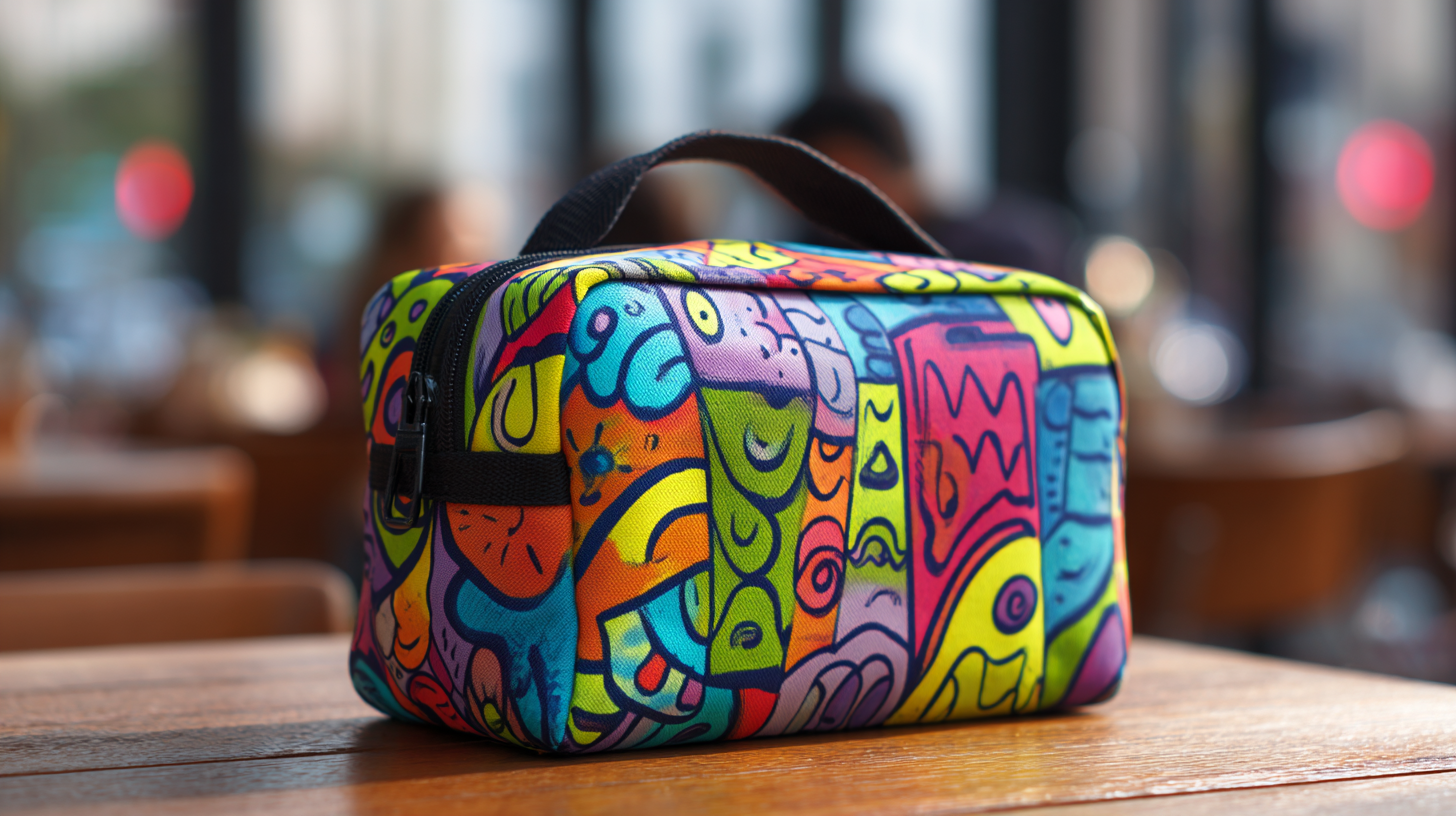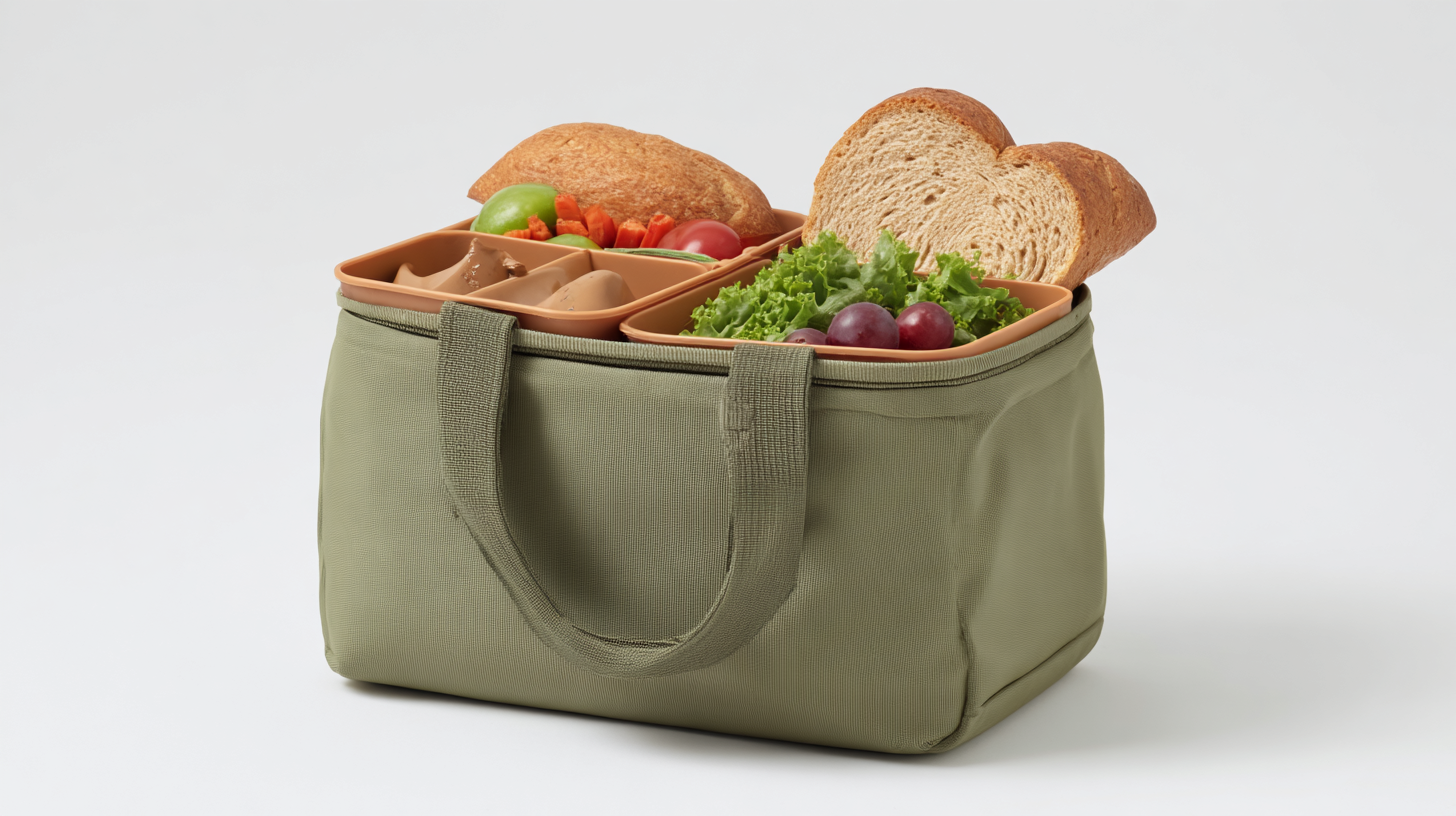The demand for Neoprene Lunch Bags has surged in recent years, driven by a growing awareness of eco-friendly products and the emphasis on health-conscious eating habits. According to a report from MarketWatch, the global lunch bag market is projected to reach $1 billion by 2025, with neoprene bags playing a significant role due to their durability and insulation properties. Additionally, the surge in remote work and outdoor dining has further amplified the need for functional and stylish lunch solutions. However, sourcing the best Neoprene Lunch Bag for your business requires navigating a complex landscape of suppliers, certifications, and market trends. Understanding the nuances of industry import and export regulations is crucial, as outlined by the International Trade Administration, to ensure compliance while maximizing quality and cost efficiency. This blog will explore top strategies for selecting the ideal Neoprene Lunch Bag, tailored to meet the needs of both your business and your customers.

When sourcing a high-quality neoprene lunch bag for your business, it is essential to focus on the key features that contribute to its overall functionality and appeal. One of the most critical aspects to consider is the insulation quality. A well-insulated neoprene lunch bag will keep food hot or cold for extended periods, catering to diverse dietary needs. Users appreciate the convenience of enjoying their meals at the right temperature, making insulation a top priority during selection.

Another significant feature to look for is durability. Neoprene is inherently resilient, but the craftsmanship behind the seams and zippers can make a considerable difference. High-quality stitching and robust zippers enhance the bag's longevity, ensuring that it can withstand daily use without compromising its integrity. Additionally, consider the design elements such as size and compartments. A well-designed neoprene lunch bag should offer ample space for meals and snacks while also allowing for organization, which is a crucial factor for busy individuals on the go. These features not only enhance user satisfaction but also improve the marketability of the bags for your business.
When sourcing neoprene lunch bags for your business, understanding your target market's preferences is crucial. Recent reports indicate that the global lunch bag market is expected to grow at a CAGR of 8.7% from 2021 to 2026, highlighting a rising demand for stylish and functional options. Consumers are increasingly looking for lunch bags that not only keep their food fresh but also reflect their personal style. This trend demonstrates the importance of aligning product design with consumer preferences, as 65% of individuals surveyed claimed that aesthetics play a key role in their purchasing decisions.
Moreover, convenience and sustainability are becoming significant factors influencing consumers. According to a survey conducted by Statista, over 70% of respondents expressed a preference for eco-friendly materials in their lunch bags. Neoprene, being a durable and recyclable material, offers a perfect blend of utility and environmental consciousness. By leveraging these insights, businesses can tailor their product offerings to meet the evolving demands of customers, thus ensuring higher satisfaction and loyalty. Investing in understanding these preferences is not merely beneficial but essential for achieving a competitive edge in the burgeoning lunch bag market.
| Feature | Customer Preference (%) | Material Quality Rating (out of 5) | Average Price ($) |
|---|---|---|---|
| Insulation | 75% | 4.5 | 25 |
| Design Options | 65% | 4.2 | 20 |
| Eco-friendly Materials | 55% | 4.7 | 30 |
| Size Variability | 70% | 4.0 | 22 |
| Durability | 80% | 4.6 | 28 |
| Price Affordability | 60% | 3.8 | 15 |
When considering the procurement of neoprene lunch bags for your business, exploring sustainable sourcing options for neoprene materials is paramount. Neoprene, a synthetic rubber, can have significant environmental impacts; hence, opting for eco-friendly variations can enhance your brand’s sustainability profile. Look for suppliers who offer neoprene made from recycled materials or bio-based sources, which helps reduce the demand for virgin neoprene and minimizes waste.
Tip: Research suppliers that prioritize sustainability in their production processes. Inquire about their materials and certifications, such as OEKO-TEX or GOTS, to ensure that your sourcing aligns with environmentally friendly practices. Engaging with vendors who demonstrate transparency in their supply chain will foster trust and contribute to a greener planet.
Another effective strategy is to consider local sources for neoprene products. Sourcing locally not only cuts down on transportation emissions but also supports local economies. This approach can lead to shorter lead times and easier communication regarding product specifications.
Tip: Connect with local artisans or manufacturers specializing in neoprene products. Building relationships with local suppliers can provide you with unique customization options and foster collaboration on sustainable initiatives, further enhancing your product offerings.
When sourcing neoprene lunch bags for your business, understanding the cost-effective options is vital for maintaining your budget. Recent industry reports indicate that the average price of neoprene lunch bags can vary significantly, typically ranging from $5 to $20 per unit, depending on factors such as design, customization, and supplier location. Businesses looking to optimize their costs should consider sourcing from suppliers who specialize in bulk orders, as this often leads to discounts that can reduce the price per item by up to 30%.
Moreover, it's essential to evaluate the total cost of ownership when selecting suppliers. A report by Grand View Research highlights that suppliers with a streamlined production process and sustainable practices may offer slightly higher upfront costs but can enhance long-term savings through durable products. Investing in high-quality neoprene bags can reduce the frequency of replacements and lower overall expenditure over time. By comparing price points and considering the longevity of the product, businesses can find suppliers that not only meet their budgetary requirements but also provide quality that can stand the test of time.
 When sourcing neoprene lunch bags for your business, evaluating supplier reliability is essential to ensure a smooth procurement process. One of the first steps in this evaluation is to check suppliers’ industry reputation. Look for online reviews, testimonials, and case studies that showcase their previous work, particularly any experience with bulk orders. A reliable supplier should have a track record of fulfilling large orders on time and without quality issues. Additionally, consider reaching out to other businesses that have worked with these suppliers to gain insights into their reliability and service quality.
When sourcing neoprene lunch bags for your business, evaluating supplier reliability is essential to ensure a smooth procurement process. One of the first steps in this evaluation is to check suppliers’ industry reputation. Look for online reviews, testimonials, and case studies that showcase their previous work, particularly any experience with bulk orders. A reliable supplier should have a track record of fulfilling large orders on time and without quality issues. Additionally, consider reaching out to other businesses that have worked with these suppliers to gain insights into their reliability and service quality.
Customer service is another critical factor in the supplier selection process. A supplier's responsiveness can significantly impact your business operations, especially when changes or issues arise. Assess their communication channels — do they offer multiple ways to reach them, such as phone, email, or live chat? Moreover, inquire about their support during the order process, as well as handling returns or exchanges. Reliable suppliers should be willing to provide assistance and guidance, helping you navigate any challenges effectively. By focusing on these aspects, you can identify suppliers that not only deliver quality neoprene lunch bags but also enhance your business's operational efficiency.
